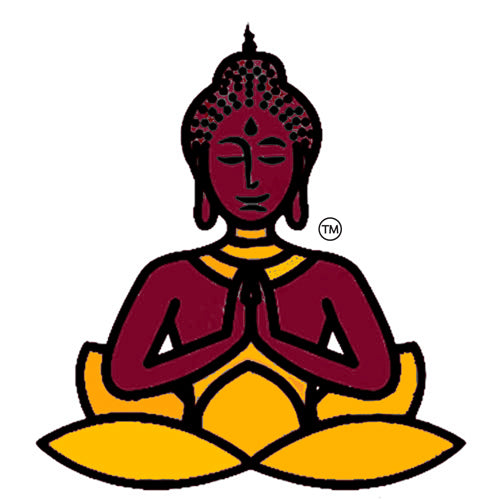Manjushri the Buddha of Wisdom
Teilen
Mañjuśrī, the bodhisattva, personifying supreme wisdom. His name in Sanskrit means “gentle, or sweet, glory”; he is also known as Mãnjughoṣa (“Sweet Voice”) and Vāgīśvara (“Lord of Speech”). His name means “Gentle Glory” in Sanskrit, in Tibetan he is called Jamphel Yang. He represents Prajna Wisdom. Therefore, he often appears in classic Prajna.
/GettyImages-89364374-5660955c5f9b583386b9068c.jpg)
Many legend stories often say he is the master of seven Buddhas and all the mothers of Buddha. It is said that Prajna Wisdom is the teacher and mother of all buddhas. The Lord Buddha once said Manjushri was his teacher in his past life.
Manjushri is often depicted holding a double edge flaming sword on his right hand and holding a lotus flower on which there is a scripture of Prajnaparamita sutra (Great Wisdom). He is either seen sitting on a lotus flower on a moon disc or riding a lion. The double edge sword is called Prajna Khadga (sword of wisdom). This sword represents the sharpness of wisdom that can cut the root of ignorance with its luminous rays emanating out of it. The scripture on the lotus flower symbolises wisdom as pure as a lotus. The lion symbolized the stern majesty of wisdom as it is the king of Animal. It also means Manjushri teaches Dharma without favour or fear.
He is an important presence in Mahayana sutra, especially the Prajnaparamita sutras (Perfection of Wisdom sutras, Lotus Sutra, Avatamsaka Sutra. He is attributed with bringing the insight that leads many sentient beings to Enlightenment and he is considered the Bodhisattva of Wisdom; in Vajrayana, he is a completely enlightened Buddha. (This is not a contradiction, but rather, a path: the Bodhisattva path leads to Buddha Enlightenment.)
He is also one of the three “great” Bodhisattvas, along with Avalokiteshvara and Vajrapani. Broadly speaking, they represent three critical concepts, or the three virtues of the Buddha:
Manjushri: wisdom and insight (prajna)
Avalokiteshvara: compassion and love (metta)
Vajrapani: power and strength and protection
His perfect Pure Land is Vimala, in the East, and he is associated with Vairochana (Tibetan, nangpar nangdze, English Buddha Resplendent.) His other names include Vakishvara (Lord of Speech.) As an emanation of Vairochana — who vowed to emanate throughout the universe as a youthful Bodhisattva of Wisdom — he represents the “beginnings” of wisdom and our own ability to achieve it.
Manjushri does not give us the answers; he grants us the process to find our own wisdom. The beginnings of wisdom, and that first all-important insight. He especially helps us see through the delusions of duality.
There are also specialized forms of Manjushri: Black, Orange, Four-armed Namsangiti, wrathful Yamantaka, and many others. For instance, as Namsangiti, he is yellow with one face and four hands and holds in the first right hand a blue sword of wisdom licked with flame, and in the left at his heart, he holds a pink utpala flower; then, the blossom at ear-level supports the Prajnaparamita sutra. In the lower two arms are a bow and arrow.
Jampal Tsanju is another emanation of Manjushri with one head and four hands holding a sword, the Prajnaparamita sutra and a bow and arrow. He is pink or white with one face and four hands. There is also a three-faced form.
Why is Manjushri always visualized as a beautiful youth of sixteen, in the prime or beginning of his manhood? This important symbol reminds us that Manjushri is the beginning of insight. Within his practice is also the ultimate completion of practice, as represented by the “Perfection of Wisdom” text in his hand. But,the youth symbolism is vital, since most suffering humans, even the most advanced among us, could be said to be just at the “beginning” of understanding and insight. He encourages us, with his smiling, gentle, face — the “gentle friend”, as he is called by many — and his simple symbolism.
Unlike other Buddhist deities, his symbolism is ultimately simple. Just as the Heart Sutra (part of the Prajnaparamita sutras‚ is short and simple — clear and concise “Form is emptiness; emptiness is form” — at the same time his elegant simplicity is also ultimate complexity and deep, profound wisdom. Just as Heart Sutra expresses the vastly profound in a few hundred words, Manjushri’s symbolism of sword, text and youth likewise deliver a concise, yet vastly profound message.
Source: Buddha Weekly
